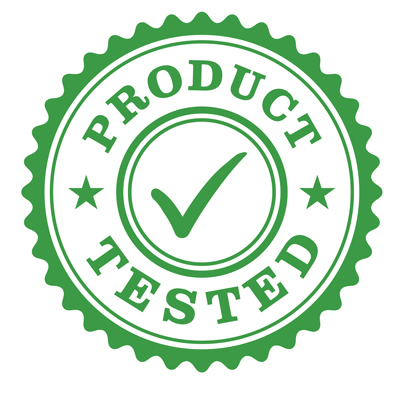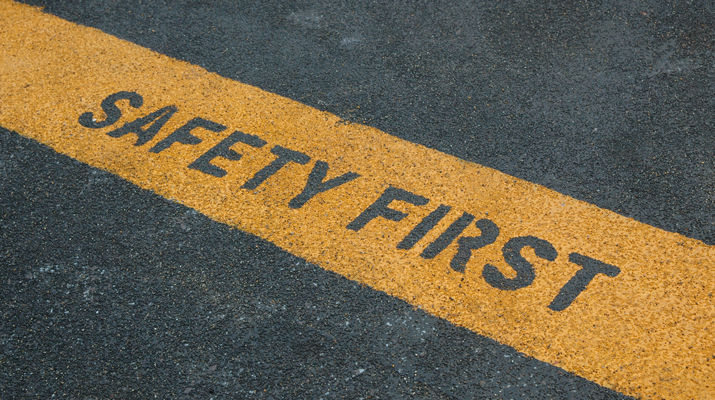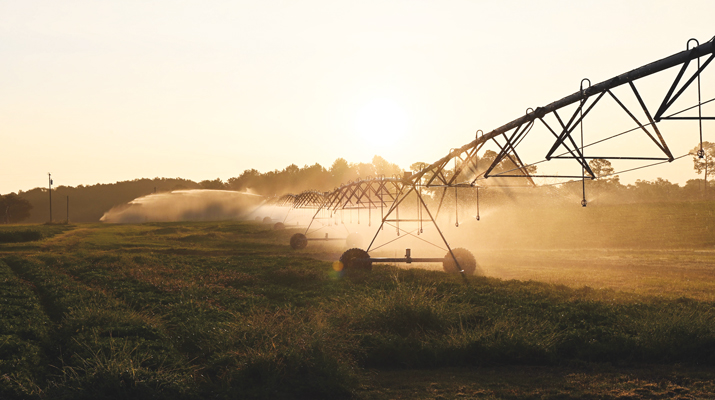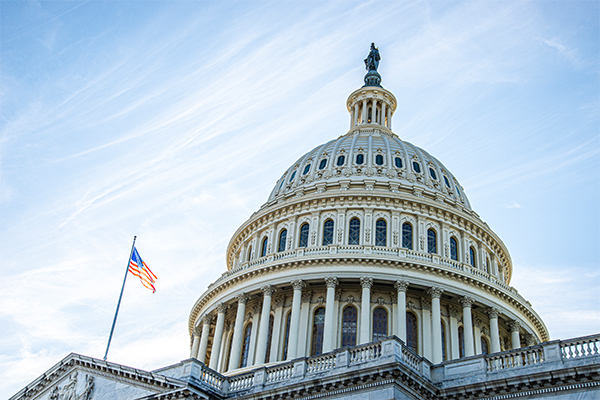Developing new safety standards
Technological development contributes to improved product safety. However, sometimes the standards that are put in place to ensure safety of the product lag behind the technology.
Changing a standard is a slow process by design. When technology advances to the point that no existing standard applies, creating new standards can be an even longer process.
For example, since no existing standard applied to LP gas ultrasonic gas meters used in vapor service, a new standard was created.
The creation of a new standard starts with a Nationally Recognized Testing Laboratory (NRTL). (See my December 2021 column for more about the NRTL program.)
Of several NRTLs in the U.S., probably the most recognizable is Underwriters Laboratories (UL). UL developed the new standard for LP gas vapor ultrasonic gas meters.
When a standard is developed, any current standards that might impact the new standard are reviewed to ensure consistency. In the case of LP gas ultrasonic gas meters, the standard used to investigate the category was ANSI/CAN/UL/ULC 25 “Meters for Flammable and Combustible Liquids and LP-Gas” and UL 121201 “Nonincendive Electrical Equipment for Use in Class I and II, Division 2 and Class III, Divisions 1 and 2 Hazardous (Classified) Locations.”
That does not mean the product will entirely comply with these standards. For example, we know that UL 25 specifically states in the scope that it is not for LP gas meters in vapor state, only for liquid meters. Because this is one of the only current standards involving LP gas meters, it was referenced for the development of the new standard.
The new standard category, PHMZ – Flammable-Gas Meters, covers meters that measure the volume of gas being consumed and includes LP gas vapor meters in the gaseous state. There are special required installation precautions listed by report under the certification. In addition, the National Fire Protection Association (NFPA) 54 National Fuel Gas Code is referenced, and installations are to be in accordance with it. Copies of the report under the certification are available from the listee.
This new UL standard allows manufacturers to certify LP gas vapor ultrasonic gas meters and to innovate safety standards to align with industrywide practices. It also gives consumers confidence in the high level of safety and quality of the products.
Sometimes we take for granted new standards and processes that ensure the products we use are safe. Understanding the extensive processes that go into developing new standards is warranted to ensure the safety and accountability of the products we use every day.
Randy Warner is the product safety manager for Cavagna North America. He can be reached at randywarner@us.cavagnagroup.com.
NOTE: The opinions and viewpoints expressed herein are solely the author’s and should in no way be interpreted as those of LP Gas magazine or any of its staff members.

















